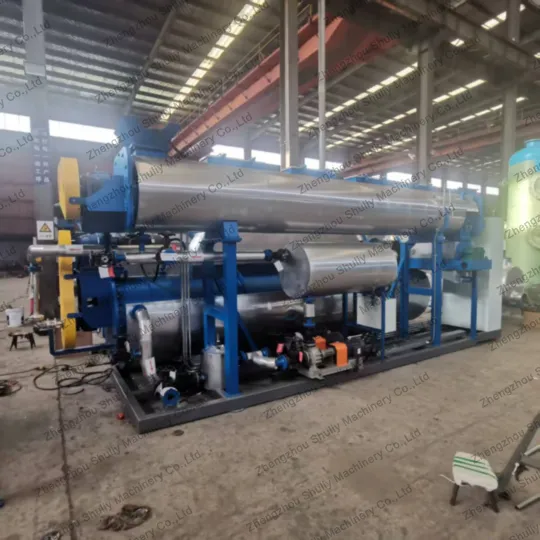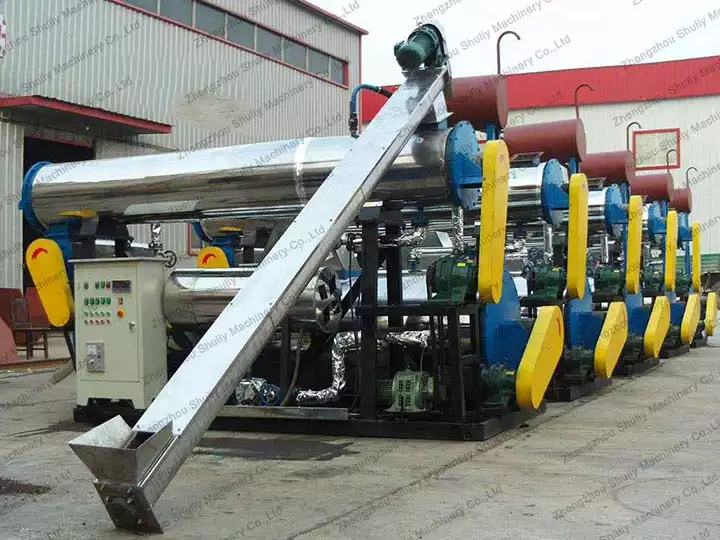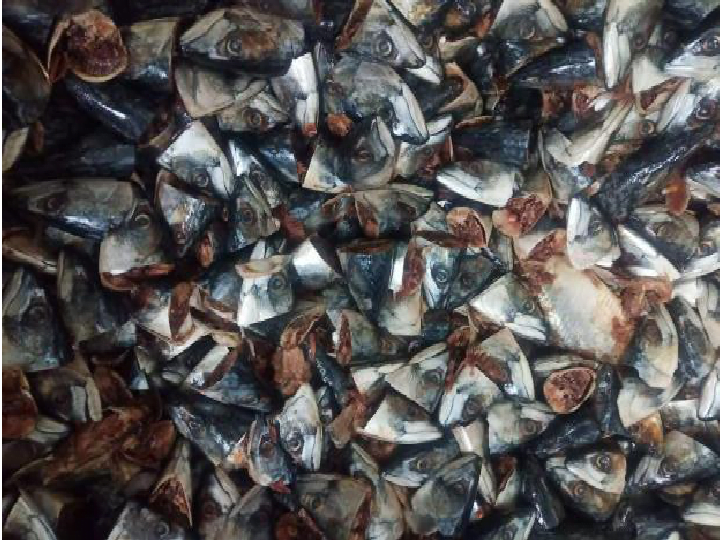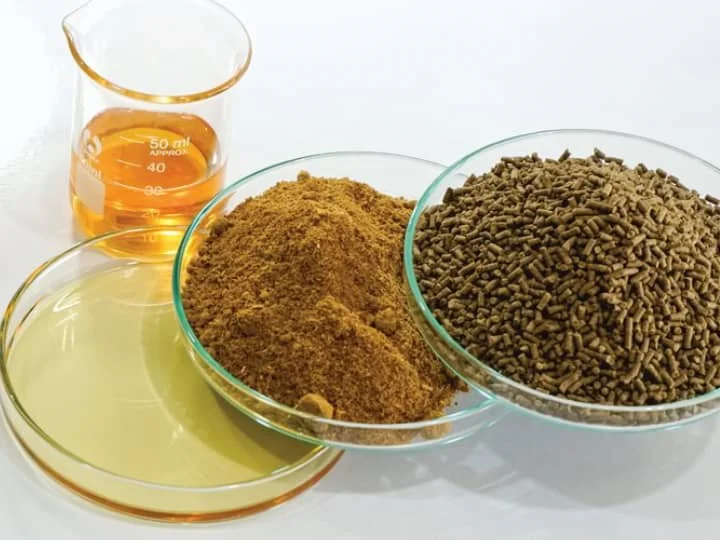How much does it cost to invest in an automatic fish meal plant? This is not only the most frequently asked question from clients but also the key factor determining whether a project can proceed. This article provides a clear investment reference by combining the configuration of Shuliy’s fish meal production line, budgets for different scales, and the actual costs most clients care about.

Main cost components of building a fish meal plant
The fish meal production line typically consists of a cooker, press, dryer, grinder, screener, oil-water separation system, cooling system, and control panel.
Equipment pricing ranges by scale:
| Capacity | Suitable clients | Reference investment (USD) |
| 1-5TPD small fish meal plant | Startups, fishing ports, small workshops | $5,000–$50,000 |
| 10–30TPD automatic fish meal plant | Medium-sized factories, export enterprises | $50,000–$200,000 |
| 50–200TPD large fish meal plant | Large processing enterprises | $200,000–$650,000+ |
Shuliy provides integrated solutions ranging from compact modular units to large-scale complete lines, with support for customized factory layouts.


Facility and infrastructure costs for an automatic fish meal plant
Site requirements
Facility space requirements vary by production scale:
- Small fish meal plant: 150–300 m²
- Medium-sized standard line: 500–1200 m²
- Large-scale plant: 1500 m² and above
Due to steam boilers, condensation systems, and finished product storage involved in production, clients typically need to pre-plan ventilation zones, tank farms, and raw material unloading areas.
Infrastructure costs
This cost includes:
- Water and electrical layout
- Steam boiler or diesel system
- Ground reinforcement
- Drainage channels
- Corrosion protection treatment
These costs vary by country and region, ranging from $5,000 to $50,000.
Energy and operating costs of Shuliy automatic fish meal plant
Energy consumption
- Steam boiler fuel: Diesel, natural gas, or coal
- Drying system energy consumption: The Largest portion of operating costs
- Electricity consumption: Drive motors, oil-water separation equipment, cooling systems
Shuliy’s equipment utilizes high-efficiency heat transfer structures and low-energy drying technology, helping customers reduce overall consumption by 10%–15%.
Labor costs
A standard fish meal production line typically requires 3–6 workers for operation, including:
- Material feeding worker
- Operator
- Quality control or packaging personnel
Shuliy’s fish meal processing lines can be equipped with optional semi-automatic control systems to further reduce labor costs.
Analysis of raw material costs and profit margins
The key to investing in an automatic fish meal plant lies in raw material sources:
- Marine fish
- Freshwater fish
- Fish byproducts (heads, intestines, bones, etc.)
- Aquatic processing waste
Typically, 1 ton of raw material yields 180–230kg of fishmeal and 60–120kg of fish oil.
Market prices of fishmeal and fish oil:
- Premium fish meal: USD 800–1800/ton
- Fish oil: USD 600–900/ton
Most clients achieve payback within 6 to 12 months.


Why choose Shuliy fishmeal production lines?
- Flexible Investment
- Shuliy’s solutions cater to clients worldwide, covering all budget ranges.
- High-quality finished product output
- Fishmeal protein content consistently reaches 60%–70%, maintaining a golden hue without scorching or clumping.
- Comprehensive installation & after-sales support
- Factory layout design plans provided
- Online or on-site installation guidance
- Lifetime technical support and spare parts supply
- Efficient energy utilisation
- Low-energy drying technology, reducing operational costs
Actual investment range for starting an automatic fish meal plant
Considering comprehensive costs for equipment, facilities, steam systems, energy, and labor, the startup costs for a fishmeal plant are approximately:
- Small-scale (1–5 TPD): $25,000–$80,000
- Medium-scale (10–30TPD): $100,000–$250,000
- Large-scale (50–200TPD): $300,000–$800,000+
Shuliy provides optimal configuration solutions tailored to client budgets.
